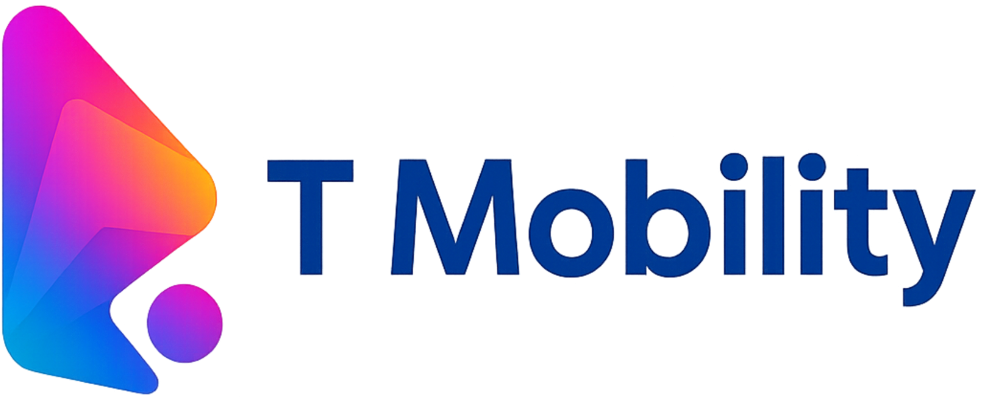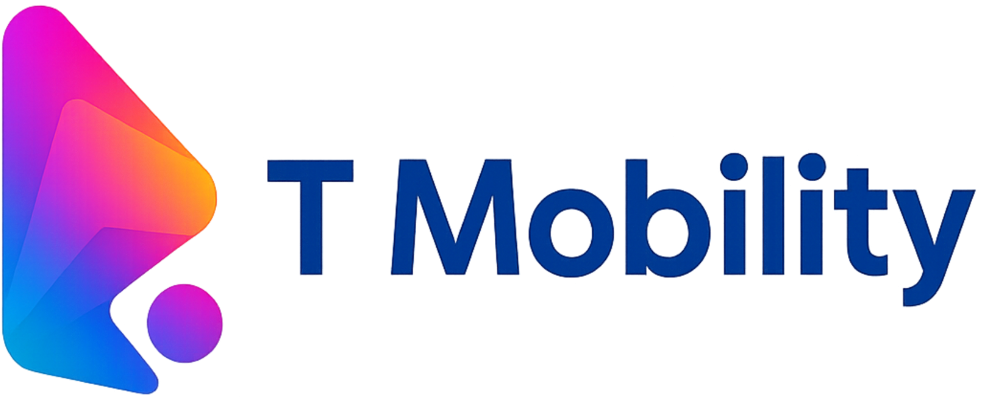Transforming Mobility: US Smart Exoskeleton Market Trends
The demand for advanced mobility solutions is driving remarkable growth in the US Smart Exoskeleton Market trends. Exoskeleton technologies are increasingly being adopted for medical rehabilitation, industrial support, and enhanced mobility, reflecting a surge in investment and research across the country. This growth trend emphasizes the role of smart robotics in improving human efficiency, safety, and quality of life.
Key Drivers of Market Expansion
The US smart exoskeleton sector is propelled by the rising need for wearable robotics in healthcare and industrial applications. Patients with mobility impairments benefit from exoskeleton-assisted rehabilitation, while workers in manufacturing and logistics sectors leverage these devices to reduce fatigue and injury risk. Additionally, advancements in sensor technology, AI, and ergonomic design are significantly boosting market adoption.
Technological Innovations
The integration of cutting-edge technologies is transforming smart exoskeleton devices. Developments in the Radio Frequency Integrated Circuit (RFIC) Market have enabled better communication and connectivity for exoskeleton systems, enhancing their efficiency and responsiveness. Meanwhile, innovations from the Portable Gaming Console Market highlight miniaturization, portability, and user interface improvements that are influencing exoskeleton designs, particularly in wearable control units.
Market Opportunities and Applications
The US market is witnessing an expanding array of exoskeleton applications. From rehabilitation centers and hospitals to factories and warehouses, these devices are being customized for diverse use cases. Furthermore, collaboration with robotics and AI firms is accelerating the creation of next-generation exoskeletons with improved mobility assistance, smart sensors, and adaptive control systems.
Competitive Landscape
The market is highly competitive, with companies focusing on R&D to enhance ergonomics, reduce device weight, and improve energy efficiency. Strategic collaborations and partnerships are expected to play a crucial role in the industry’s expansion, paving the way for innovative exoskeleton solutions tailored to specific end-user needs.
FAQs
Q1. What factors are driving the growth of the US Smart Exoskeleton Market?
The growth is fueled by rising demand for rehabilitation solutions, industrial safety applications, and technological advancements in wearable robotics.
Q2. How are RFIC technologies influencing smart exoskeletons?
RFIC innovations enhance device connectivity, communication, and real-time data processing, making exoskeletons more responsive and efficient.
Q3. What future trends can we expect in exoskeleton technology?
Future trends include AI-enabled adaptive control, lighter and more ergonomic designs, and integration with wearable sensors for real-time health and performance monitoring.
- אומנות
- סיבות
- מלאכות יד
- ריקוד
- משקאות
- קולנוע
- כושר
- אוכל
- משחקים
- גינון
- בריאות
- בית
- ספרות
- מוזיקה
- רישות
- אחר
- מסיבה
- דת
- קניות
- ספורט
- תיאטרון
- רווחה


